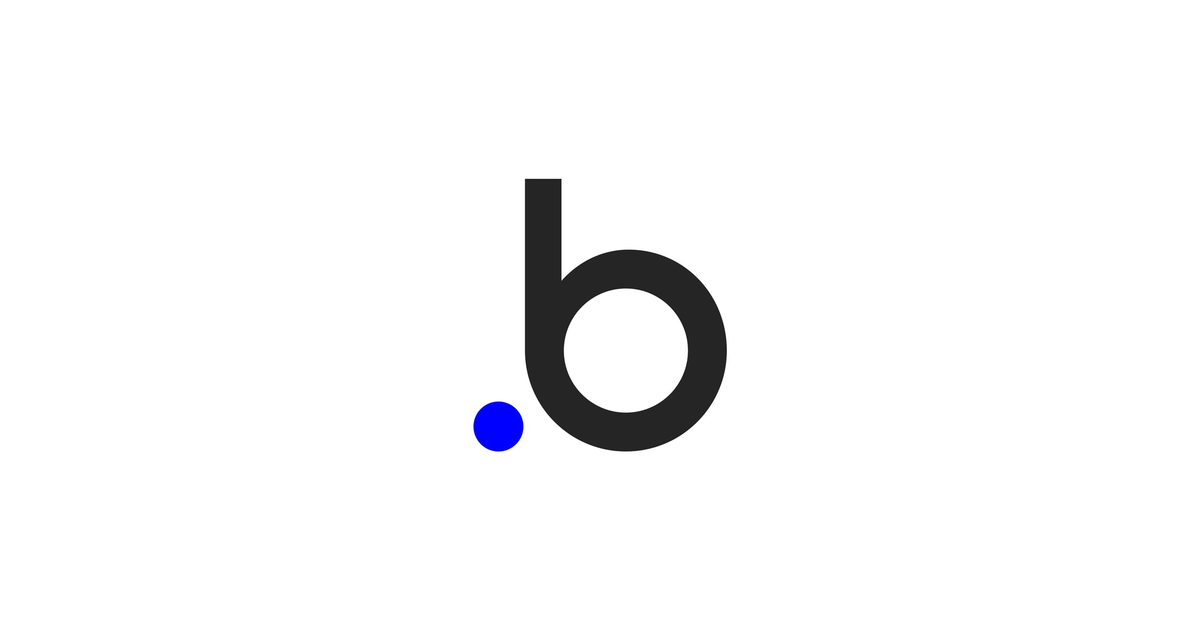Vibe Coding Without Regrets: Bubble vs Lovable vs Power Platform (What to Use, When, Why)
By Nic Bowman
Not long ago, building software meant spinning up an IDE, wrestling with frameworks, and grinding through weeks of boilerplate just to get a basic app running. Even “low code” tools still demand a working knowledge of syntax, database schema design, and deployment pipelines. You needed technical fluency before you could even start being creative.
Now, ‘vibe coding’ flips that on its head. You describe what you want, sometimes literally in plain English, and the platform scaffolds your app for you. Modern tools like Bubble, Lovable, and Power Platform’s Copilot handle setup, integrations, and even logic generation, letting you focus on refining features instead of wiring them together. The result: a shift from coding as a prerequisite to coding as an optional extra, where your first usable version can be ready in hours, not months.
Ready to get your own business app? Jump ahead. Let’s talk.
What It Is (And Why the Hype Now)
Bubble, Lovable and Power Platform each represent a tip of the iceberg in the rise of “vibe coding” which enables people to build applications with minimal traditional coding. That’s why this moment feels electric: generative AI has matured to a level where non-engineers can truly ship functional applications, fast.
Bubble has been around for some time, with a mature visual development paradigm and robust plugin ecosystem that make it a go‑to for rapid prototyping and SaaS apps.
Lovable, a Swedish “vibe coding” startup, has seen explosive growth—raising Series A funding of US $200 million at a valuation of around US $1.8 billion just eight months after launch.
Power Platform, powered by Microsoft, brings AI development into regulated, enterprise‑centric environments, especially now with tools like Copilot and the new "Code Apps".
Still, it’s important to proceed with clear eyes. Vibe coding removes friction, sure, but every shortcut carries trade‑offs. Vendor lock‑in, hidden complexity, and platform limitations must be understood before jumping in.
Compare the Stacks
Here’s what you need to know about these vibe coding stacks.
Bubble
Mature visual model – drag‑and‑drop UI builder with workflow logic. Excellent for building public SaaS and products that require rapid iteration.
Strong plugin ecosystem – vast array of third‑party integrations, community‑built widgets, and marketplace tools.
AI positioning – Bubble is increasingly integrating AI, but beware of “vibes‑only” builds, where excitement masks technical fragility.
You might be interested in this: Bubble Goes Native: What It Means for You (And Why We’re Excited)
Lovable
Fastest idea‑to‑app – natural‑language prompts to get full full‑stack apps up and running in minutes.
Ideal for solo founders and prototypes – intuitive chat interface and seamless integrations like authentication, databases and payments.
Vendor risk / black‑box trade‑offs – users often report being locked into the platform, with limited visibility into underlying code.
Power Platform
Enterprise-ready – built for integration with Microsoft 365, Entra (Azure AD), and Dataverse, deal for line-of-business apps backed by enterprise governance.
New Code Apps + Copilot – bring vibe-coding style workflows into a controlled framework, aligning innovation with compliance.
Related: How to Set Up Your Microsoft Power Platform Environments for Internal Innovation with Lower Risk
Decision Tree
Not sure which platform to use. Here’s a simple way to choose:
“Prototype this weekend” → Lovable (or similar “Bolt” style tools)
“SME line-of-business with M365 data” → Power Platform
“Public SaaS with rapid iteration” → Bubble
Else, talk to us. We bring innovative ideas to life. We’ll get you there, fast.
Hardening Checklist
Ok, so you’ve made your choice, you’ve started your project. Now, make sure your vibe-coded project can scale or go to production safely.
Authentication and Roles: Entra (Azure AD), Dataverse security roles (Power Platform), or Bubble’s auth plugins.
Secrets Management: Secure storage of API keys and credentials.
Test Harness: Use Playwright or other end-to-end test tools—even if onboarding is visual.
Evaluate LLM Prompts: Ensure generated LLM code handles edge-cases and errors.
Monitoring and Logging: Set up observability to detect errors and performance issues.
When to rewrite vs refactor?
If foundational logic is brittle or vendor-specific, plan a rewrite. If it's modular and you can migrate dependencies, refactor.
Pricing Reality
Great, these platforms save you time, and get you to the end goal faster than traditional methods. But they’re not free. So, here’s a breakdown of costs and deliverables to set your expectations. Realistically.
Ready for more? Ask the experts.
Need to go from prototype to production in just four weeks? riivo offers a fixed-price Prototype → Prod engagement:
4-week sprint, with success criteria including:
Verified authentication and authorisation.
End-to-end testing in place.
Monitoring and alerting configured.
Governance, secrets and data compliance in place.
Road-map for future scaling or rewrite planning.
Get in touch, and let’s make your next app one you’ll build without regrets.
FAQs
What does vibe coding mean?
Vibe coding is about building apps by describing what you want, rather than manually writing every line of code. Modern platforms translate your ideas into working features, fast. If you need to go from prototype to production in just four weeks, riivo offers a fixed-price Prototype → Prod engagement. Enquire today.
Is vibe coding a real job?
Absolutely. While the tools have changed, the need for problem-solving, design thinking, and product ownership hasn’t. Teams still hire people to create, ship, and maintain these builds, often with hybrid skills across UX, automation, and integration. Speak to riivo to see how this fits into your roadmap.
What is an example of vibe coding?
A founder using Lovable to spin up a working prototype in a weekend, or a business analyst using Power Platform to automate a department’s workflow, are both examples of vibe coding in action. Ask riivo if you’d like to explore a proof-of-concept for your own idea.
Is vibe coding good or bad?
It’s neither; it’s a toolset. Used well, it can slash time-to-market and reduce costs; used poorly, it can create brittle, hard-to-maintain systems. Talk to riivo and we’ll help you launch your idea with the right platforms and approach, without the regrets.





